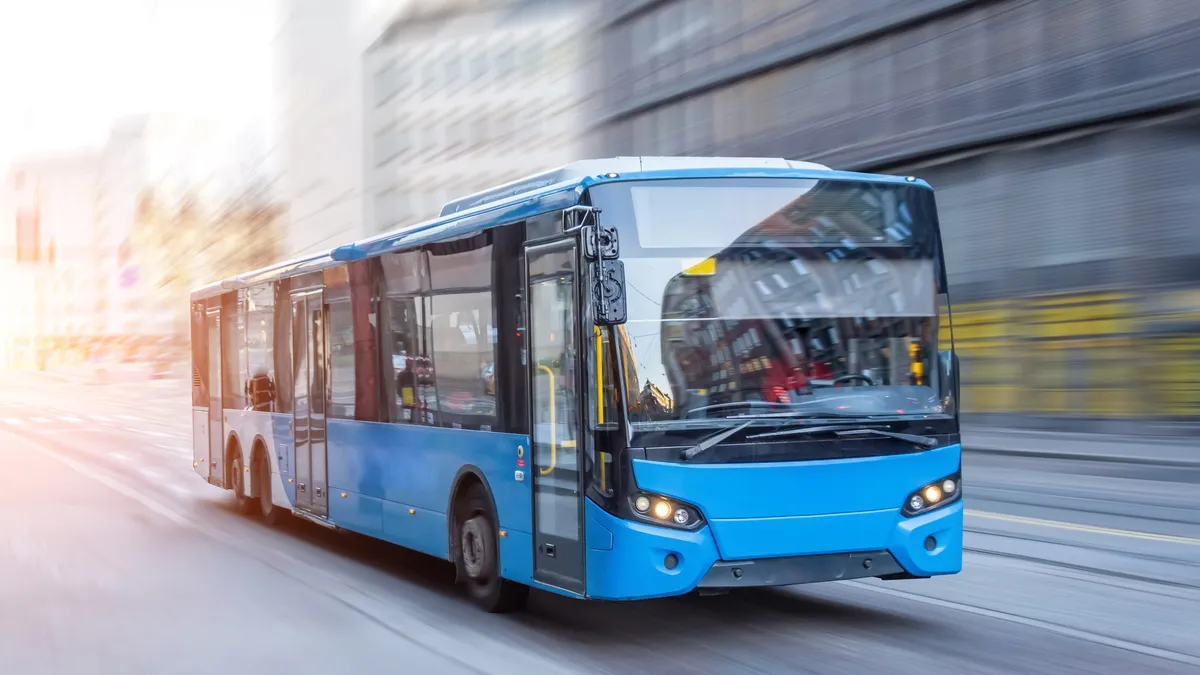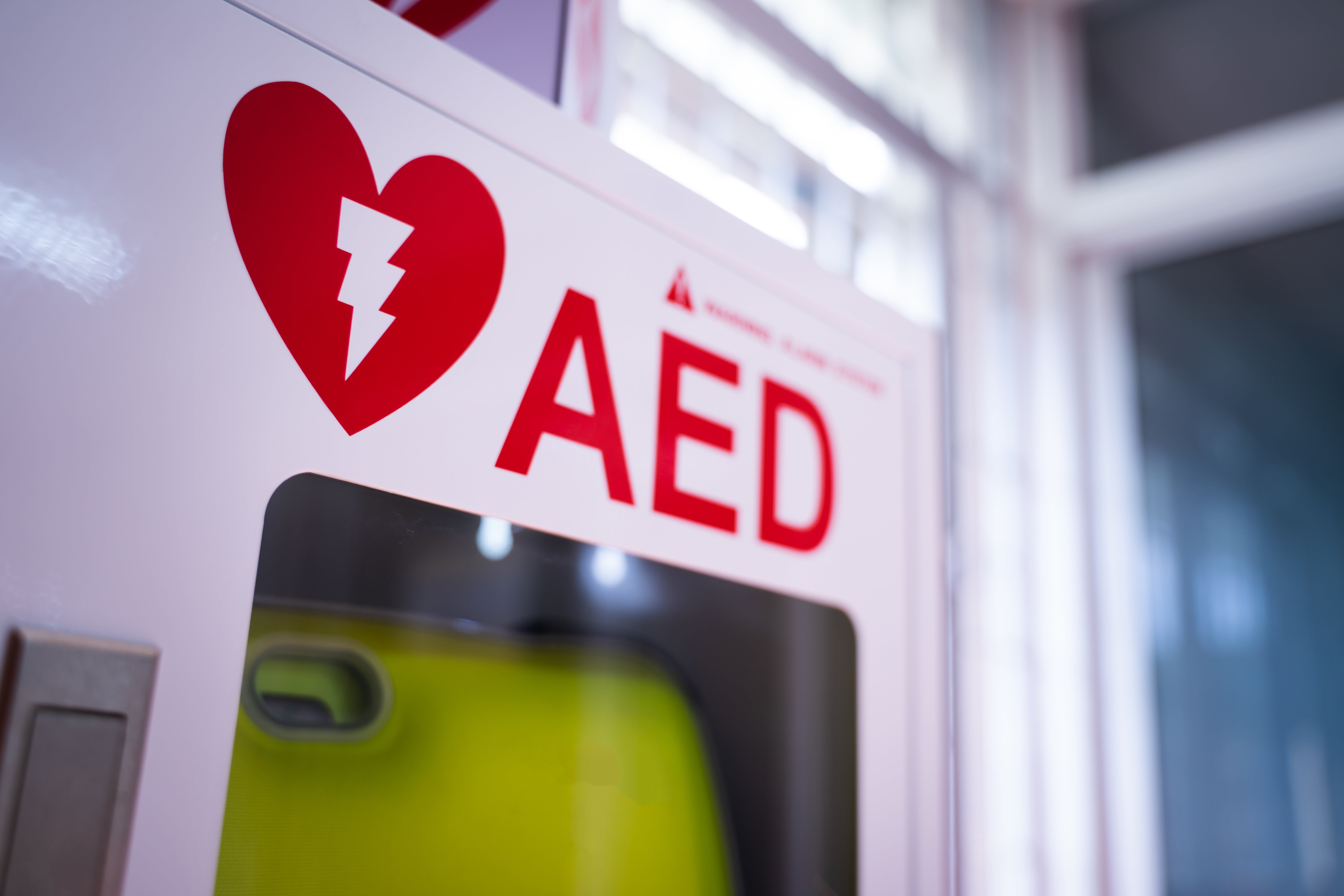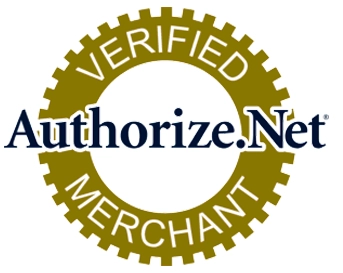Public transportation systems, especially in large cities, are high-traffic zones that serve a diverse population. Riders include older adults, individuals with chronic conditions, and commuters facing stress, long hours, or physical exertion. These risk factors increase the likelihood of medical emergencies, including SCA.
While we expect public spaces like airports and schools to be equipped with AEDs, public transportation systems have often fallen behind. It’s time to change that.
Reasons to prioritize AED access in transit systems:















